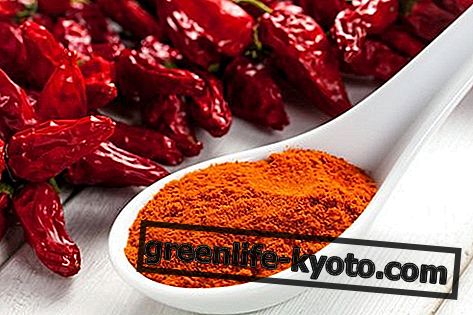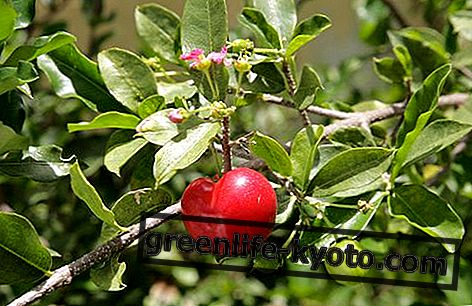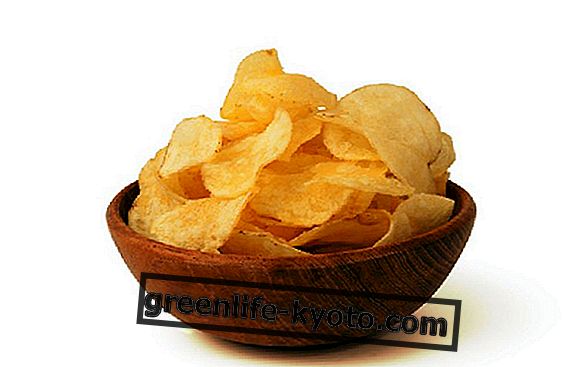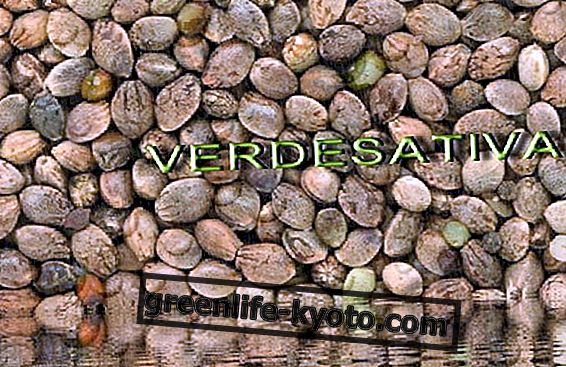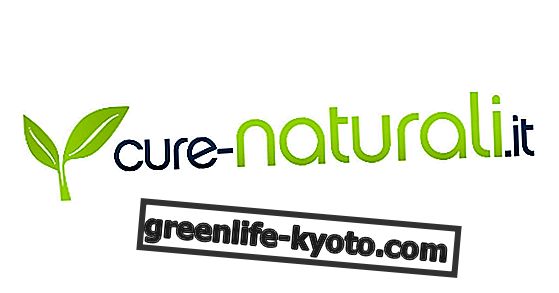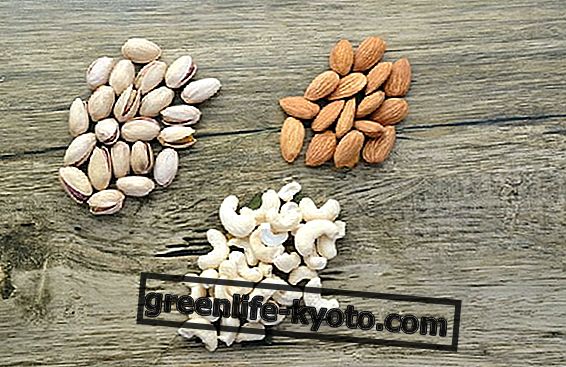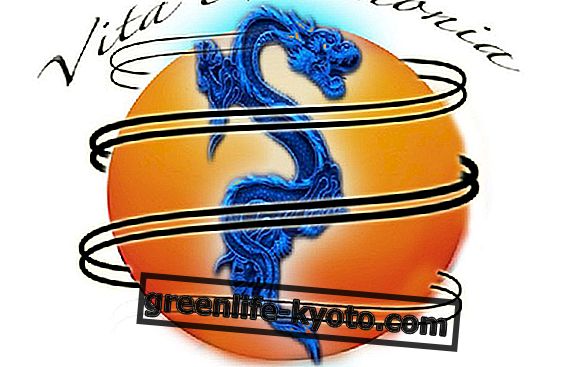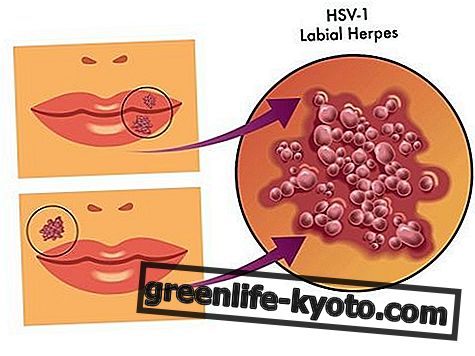Myrrh essential oil is derived from Commiphora myrrha, a plant of the Burseraceae family . Known for its many properties, it has an antiseptic, healing and expectorant action, useful against stomatitis, cough and candidiasis. Let's find out better.
>
>
>
>
>

Properties and benefits of myrrh essential oil
Harmonizing, myrrh is used to balance the spiritual world with the material world, giving us strength and optimism, in a particular way it helps people who are afraid to reveal their feelings. It makes us humble and devout, preparing ourselves to receive energy and love from others. Helps overcome the fear of death and the pain of separation. Queen of emotional blocks and of our inability to live spiritually, it stimulates us especially during sleep by eliminating all excesses in us.
Antiseptic and antifungal used for gargling or locally, it is used in aromatherapy to resolve disorders related to the mouth, such as gingivitis, stomatitis, pyorrhea, canker sores, against sore throat and candidiasis.
Healing applied to the skin, diluted in a vegetable oil, it is effective for eczema, skin cracks, wrinkles and wounds.
Expectorant if inhaled, it is a valid remedy for coughs, colds and colds.
Description of the plant
Large, very thorny shrub that grows (4 m) native to the Middle and North-Eastern Africa. The bark is grayish and the branches end with thorns. At the end of summer the shrub covers itself with flowers and on the trunk a series of nodules appear, from which a yellowish liquid exudes which is collected inside the trunk, in the reservoirs of the parenchyma.
When this liquid dries, it solidifies taking on an amber color and is collected in the form of resinoid, in grains . The leaves are divided into three lobes. The flowers are small white.
Part used
resinoid
Extraction method
Steam current distillation
Note myrrh essential oil
Base note: warm, spicy, bitter, balsamic fragrance
Myrrh essential oil among the remedies against acne signs: discover the others

Use and practical advice on myrrh essential oil
Environmental diffusion : 1 gc of myrrh essential oil per square meter of the environment in which it spreads, through essential oil burner or in the water of the radiators humidifiers, against coughs and colds and to disinfect the air in the rooms.
Gargle: put 5 drops of myrrh in a glass of warm water. Make prolonged rinses, at least twice a day, against ulcerations and mouth infections.
Cosmetic use: compresses against eczema, in 300 ml of distilled water put 6-7 drops of myrrh. With sterile gauze tablets, compress the affected areas. Repeat daily until you notice an improvement.
Contraindications of myrrh essential oil
Myrrh essential oil is not irritating, it does not cause sensitization and at low doses it is not toxic. Use in moderation. Its internal use during pregnancy and lactation should be avoided.
Background
The term comes from the Latin murra or myrrha, the latter in turn derived from the from a Semitic stem mrr, with the meaning of " bitter ".
It belongs to the family of resins and is in fact associated with incense and gold, recalling the legend of the Magi and the gifts they brought to Jesus after his birth. In fact, the supply difficulties and the commercial hoard made it a precious gift . The ancient history books are mentioned up until more than 3, 000 years ago. For centuries it has been used as a component of incense for religious purposes. The Egyptians used it, as well as in rites of sun worship, also in embalming processes, in mixtures with other essential oils.
In ancient Greece myrrh was widely used, to the point of mixing it with wine and a mythological episode tells of its origin, linking it to Mirrafiglia of the king of Cyprus, who for having had incestuous relations with his father, was transformed by Aphrodite into a tree from scented resin. From this union after nine months the tree-woman gave birth to Adonis.
Its astringent, disinfectant and healing properties have been known for centuries. The ancients used to take myrrh paste to spread on their wounds in battle. Egyptian women used it in face masks against wrinkles, as they still do in Africa and in Arab countries. The Israelis put powdered myrrh directly on the toothbrush as toothpaste.
In traditional Chinese medicine it is used as a healing remedy for sores and hemorrhoids and in menstrual cycle problems, such as amenorrhea. Today it is present in almost all European national pharmacopoeias.
